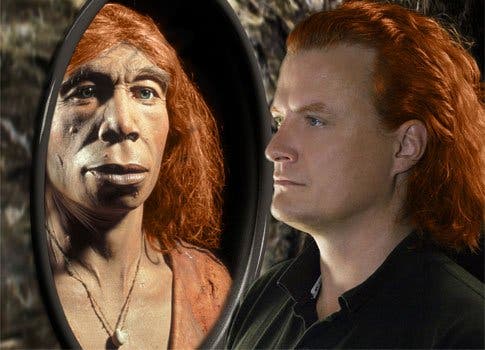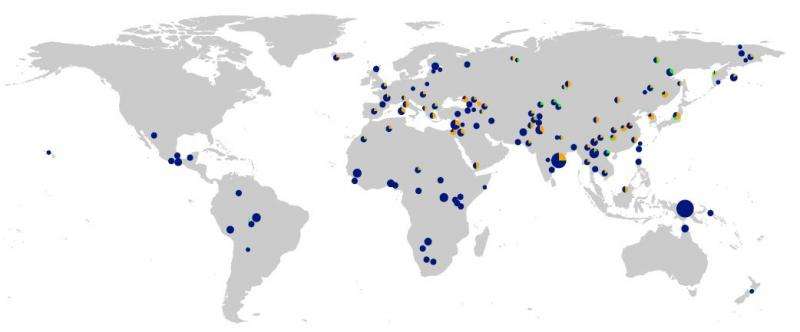Some 50,000 years ago Homo sapiens, Neanderthals and Denisovans co-existed, mingled and interbred. While only the human lineage exists today, these inter-species third degree meetings left a permanent mark on our genome. For instance, an ancient human who lived in what is today Romania had 9% Neanderthal DNA. Today, most Europeans and Asians have between 1 to 4 percent Neanderthal DNA. Indigenous sub-Saharan Africans have no Neanderthal DNA because their ancestors did not migrate through Eurasia. Some of these genes were rendered useless by countless generations of adaption to new environmental cues, once the last Ice Age was over, agricultural and livestock tendering was introduced and other important episodes that changed forever how humans lived. Some subsisted, though. Two studies investigated the functional value of genes inherited from Neanderthals and Denisovans. The researchers found interbreeding lent genes still use today by the immune system. As pesky byproduct was that it also rendered humans more prone to allergies.

Red hair and fair skin are also thought to have been inherited from Neanderthals.
[Image Source: BBC News
Apparently, Neanderthals greatly influenced the Toll-like receptor (TLR) genes TLR1, TLR6, and TLR10, which help detect and respond to components of bacteria, fungi, and parasites.
Elsewhere, a team from the Max Planck Institute for Evolutionary Anthropology in Leipzig came to similar conclusions. The fact that they weren’t actually actively looking for immune system genes strengthens those findings made by the French researchers.
What they were interested in was studying the functional importance of genes inherited from archaic humans more broadly. First, they screened modern humans’ genomes for regions which were highly similar to the Neanderthal and Denisovan genomes. Those analyses led them to the same three TLR genes. Two of those gene variants are most similar to the Neanderthal genome, whereas the third is most similar to the Denisovan genome.

This world map shows the frequencies of Neandertal-like TLR DNA in a 1000 Genomes dataset. The size of each pie is proportional to the number of individuals within a population. Credit: Dannemann et al./American Journal of Human Genetics 2016 .
These variants increase the activity of the TLR genes, helping us today fight pathogens better. On the flipside, it also increased the susceptibility of modern-day people to allergies.
“We found that interbreeding with archaic humans—the Neanderthals and Denisovans—has influenced the genetic diversity in present-day genomes at three innate immunity genes belonging to the human Toll-like-receptor family,” says Janet Kelso of the Max Planck Institute for Evolutionary Anthropology in Leipzig, Germany.
“These, and other, innate immunity genes present higher levels of Neanderthal ancestry than the remainder of the coding genome,” adds Lluis Quintana-Murci of the Institut Pasteur and the CNRS in Paris. “This highlights how important introgression events [the movement of genes across species] may have been in the evolution of the innate immunity system in humans.”
All of this makes absolute sens. Before humans arrived in Europe, Neanderthals had lived there for hundreds of thousands of years. As such, they were better adapted and had a higher chance to survive, and by interbreeding with them we humans became stronger.
Ref:
1 )American Journal of Human Genetics, Deschamps et al.: “Genomic Signatures of Selective Pressures and Introgression from Archaic Hominins at Human Innate Immunity Genes” dx.doi.org/10.1016/j.ajhg.2015.11.014
2) American Journal of Human Genetics, Dannemann et al.: “Introgression of Neandertal- and Denisovan-like Haplotypes Contributes to Adaptive Variation in Human Toll-like Receptors” dx.doi.org/10.1016/j.ajhg.2015.11.015









